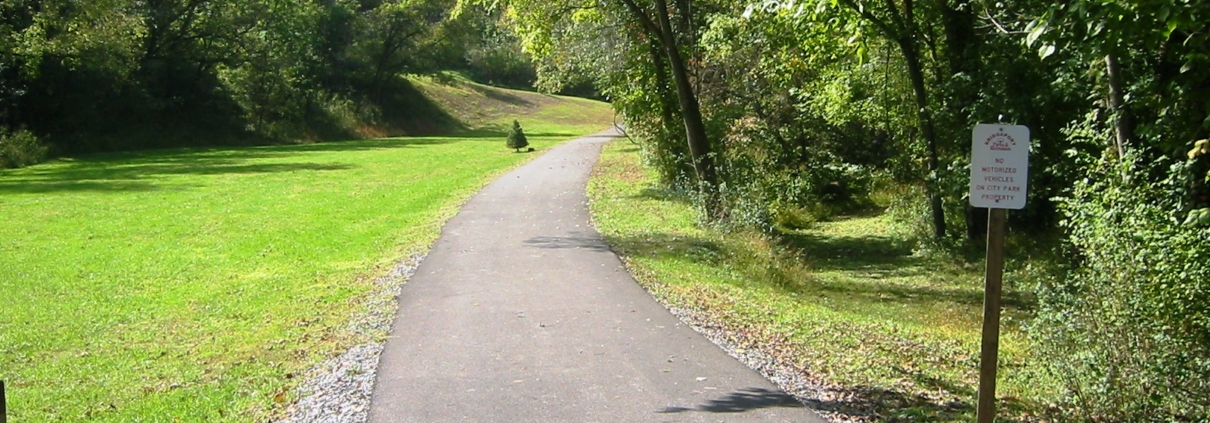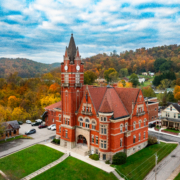Key Considerations for Developing a Community Trail
Developing a community biking and walking trail system requires careful consideration of environmental impact, safety and accessibility, and connectivity. By addressing these key areas, developers can create a sustainable, safe, and well-connected trail system that benefits the entire community.
1. Environmental Impact and Sustainability
When planning a community biking and walking trail system, it’s crucial to consider the environmental impact and sustainability of the project. This involves conducting thorough environmental assessments to understand the existing ecosystems and wildlife. The goal is to minimize disruption to natural habitats and ensure that the trail system coexists harmoniously with the environment.
Using eco-friendly materials and construction methods can significantly reduce the project’s environmental footprint. Implementing permeable surfaces for the trails can aid in proper water drainage and reduce runoff, thereby protecting nearby water bodies from pollution. Furthermore, incorporating native plants in landscaping can enhance biodiversity and provide natural beauty to the trail system. Native plants also help stabilize banks, protect against erosion, and reduce stormwater pollution.
2. Safety and Accessibility
Safety and accessibility are paramount in the design and development of a trail system. Ensuring that trails are wide enough to accommodate both bikers and walkers without congestion is essential. The trail surfaces should be smooth and well-maintained to prevent accidents. Additionally, proper lighting, signage, and clear markings can enhance safety, especially in areas with heavy traffic or intersections.
Accessibility is another critical aspect. Trails should be designed to be inclusive, catering to people of all ages and abilities. This means incorporating features such as ramps, handrails, and rest areas to support those with mobility challenges. Adhering to ADA (Americans with Disabilities Act) guidelines is not only a legal requirement but also a social responsibility to ensure that everyone can enjoy the community trail system.
3. Connectivity and Integration
For a community biking and walking trail system to be truly effective, it must be well-integrated with existing infrastructure. This involves connecting the trail system to major residential areas, parks, schools, and commercial centers. The goal is to create a seamless network that encourages residents to use the trails for commuting, recreation, and daily activities.
Collaboration with urban planners and transportation officials is essential to ensure that the trail system complements other modes of transportation. This may include installing bike racks at transit stops, creating safe crossings at busy roads, and providing wayfinding tools to help users navigate the trail network. The integration of technology, such as mobile apps and interactive maps, can further enhance user experience by providing real-time information and route suggestions.
For more information about Thrasher’s landscape architecture services, visit the Site/Civil Engineering page.




